Spring is coming, traditionally a good time to clean through and freshen up the house. These days we don’t need to do the full Downton Abbey shuffle, but there are still items in our home that benefits from regular inspection. With a little help from your picture framer you should be in possession of easy to follow but critical care advice.
This should include:
- How to lift and carry your work. (Believe me there is a wrong way to do this).
- How and where to hang it.
- Basic care advice.
- Description of “Normal” conditions.
The Fine Art Trade Guild (FATG) defines “normal” conditions as:
- Out of direct sunlight.
- Within a temperature range of 10-25 degrees centigrade.
- Within a relative humidity range of 40%-60%.
Based on these conditions, “conservation framing” (FATG Level 2) will protect and display your work for 20+ years and “museum framing” (FATG Level 1) for 35+ years.
To prolong the life of valuable exhibits, museums limit the temperature range to between 16-19 degrees centigrade, clearly this is too limiting for the domestic situation.
My leaflet, provided to all of my new customers includes a paragraph headed “A Quick Check”. The last sentence reads, “Check the mitred corners of the frame and the tape, sealing the package, if there is evidence of damage seek advice. We are here to help.”
The following images show evidence of two problems due to neglect. Admittedly it’s an old print, but a perfect example of how if left unchecked, things can go badly wrong for artwork. The first image shows insect damage on the right, where the little blighters have found lunch and munched into the surface of the paper, removing areas of the artwork. The same image shows the culprits, silverfish, which look as if they’ve suffered indigestion and perished between the glass and the print. Left in the framing package the dead insects will go on to do further damage to the print.
The second image highlights water damage and staining.
Both problems could have been avoided and the reason for the damage is clear to see in image three. The mitre of the frame is broken and an open invitation to insects, exaggerated temperature and moisture fluctuations and airborne pollutants like smoke.
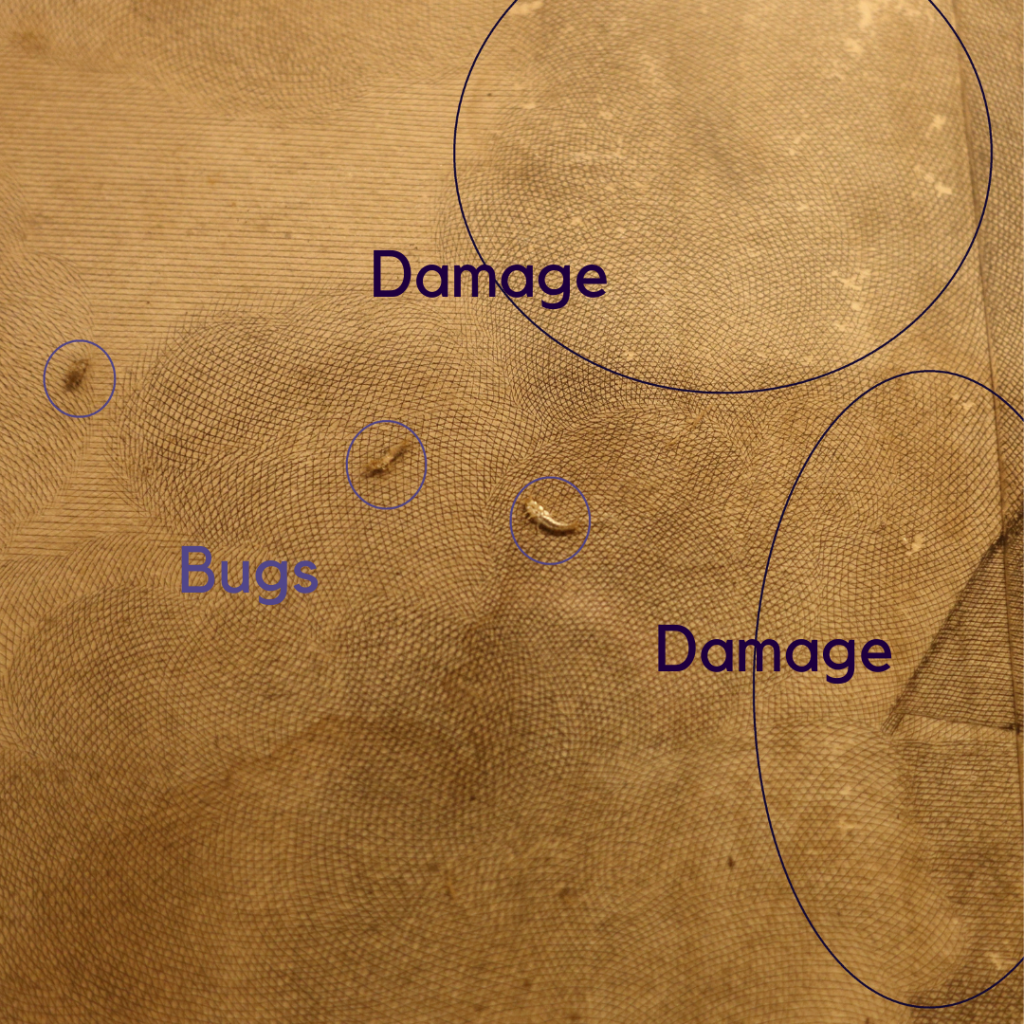
Silverfish trapped behind the glass and insect damage. The framing package has been compromised by loose corner of the frame.

Water damage and staining. The framing package can no longer protect the artwork from environmental damage.
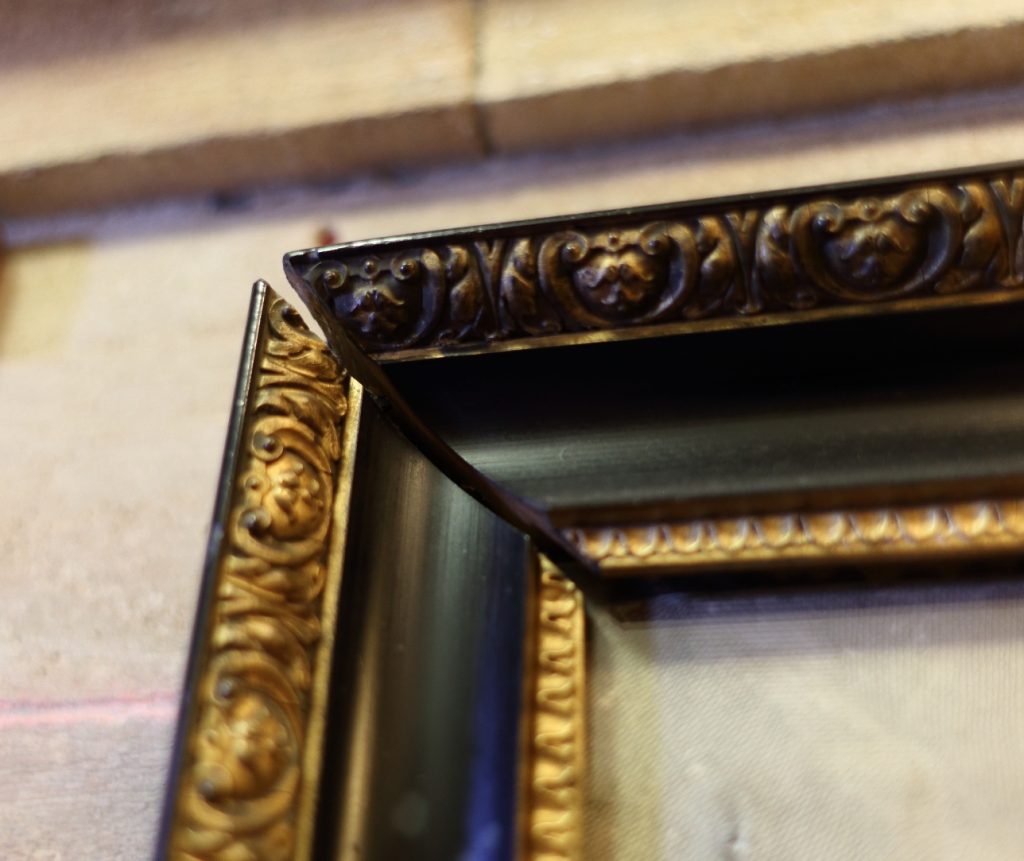
The top left corner of the frame has been damaged, become loose and is opening up. It is no longer able to protect the artwork.
This is a dramatic example, highlighting the need for vigilance and action as soon as there is evidence of problems. Other things to look for:
- Loosening fittings.
- Wearing/fraying hanging cord/wire.
- Corrosion to metal fittings.
- Cracked glass.
- Breaks in or lifting sealing tape.
- Mitres opening and loosening due to expansion of acrylic glazing.
- Finally, don’t forget to check the picture hook/s in the wall that your work is hanging on. I’ve lost count of the number of pieces I’ve reframed because they’ve fallen off the wall, simply because the picture hooks failed.
If you find any of these problems act quickly, seek advice from your local reputable picture framer and discuss a plan of action.
A simple 5 minute check every 1-5 years could be the saving of your precious artwork.
Contact Bev on 01303 268618 or 07833 350815 if you have any concerns about your artwork.


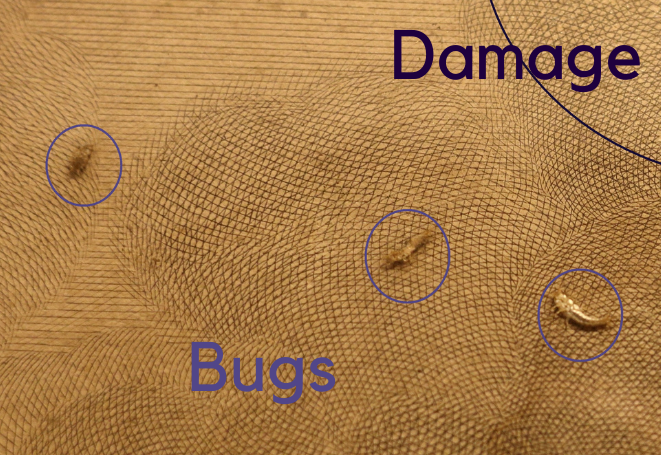


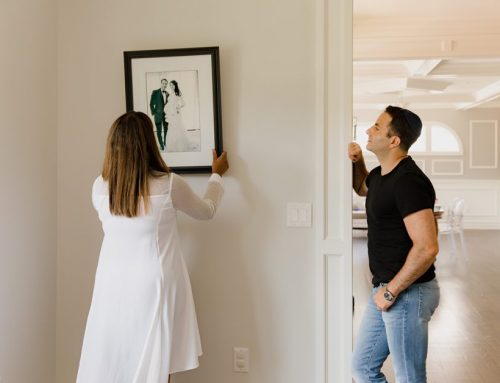

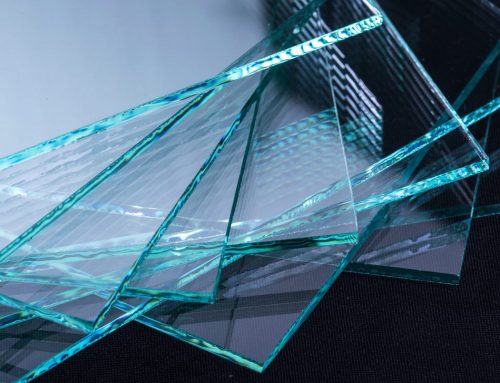
Brilliant Bev ! Thank you for the good advice.
Elisa xxx
You are very welcome. Thank you so much for reading it.